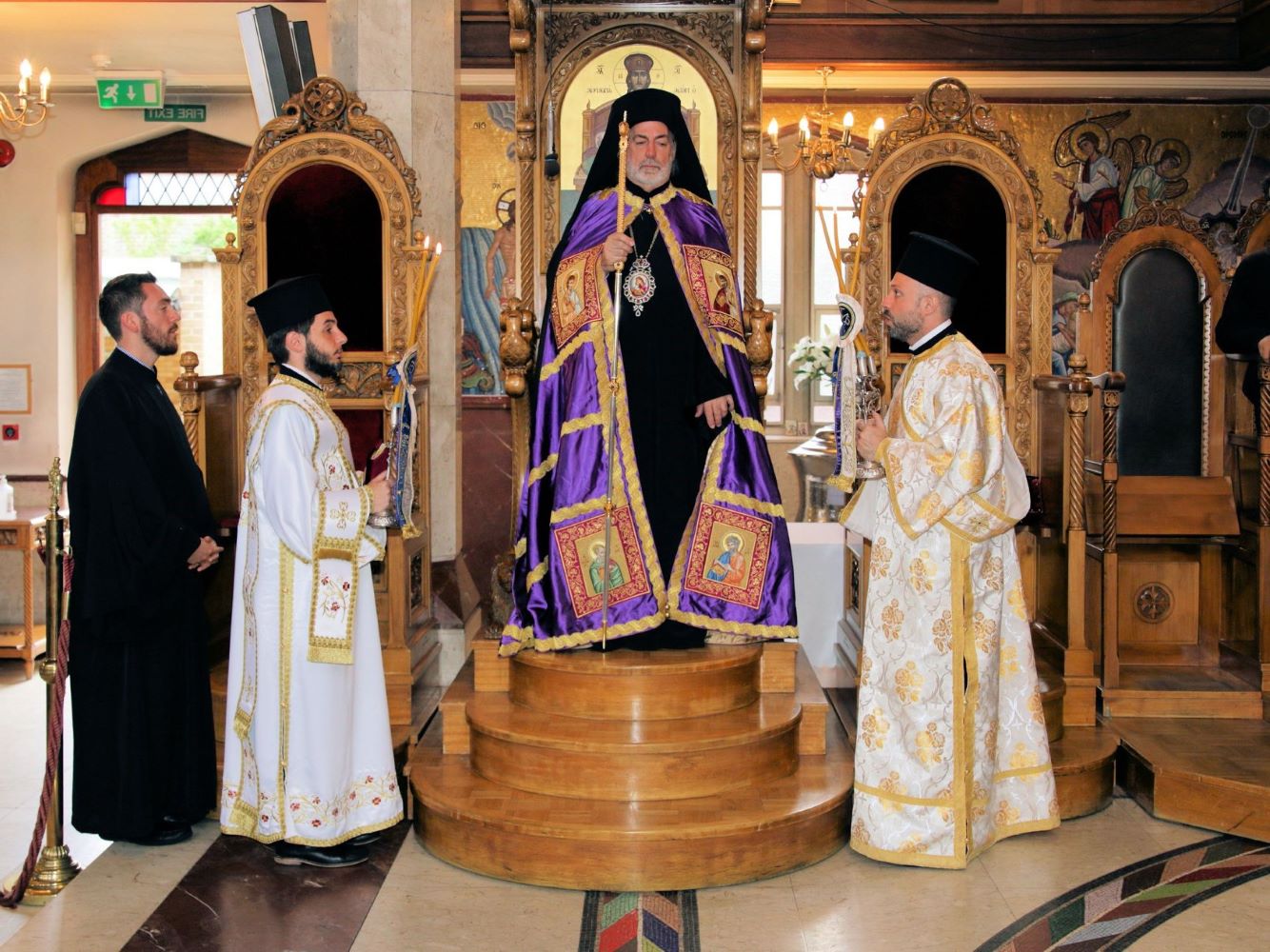
Matins is a term that might sound unfamiliar, but it holds a rich history and significance. Matins refers to a specific time of prayer in various Christian traditions, often observed in the early morning hours. This practice dates back centuries and has evolved over time. Originally, it was part of the monastic routine, where monks would rise before dawn to pray and chant. Today, it can be found in different forms across denominations. Whether you're curious about its origins, its role in modern worship, or how it has influenced other religious practices, these 20 facts about Matins will shed light on this fascinating tradition.
What is Matins?
Matins is a term that might sound unfamiliar to many. It refers to a specific time of prayer in Christian liturgy, often associated with the early morning hours. Let's dive into some fascinating facts about Matins.
-
Matins Originates from Latin
The word "Matins" comes from the Latin word "matutinus," meaning "of the morning." This highlights its association with early morning prayers. -
Part of the Liturgy of the Hours
Matins is one of the canonical hours in the Liturgy of the Hours, a set of daily prayers prescribed by the Christian Church to be recited at specific times. -
Also Known as Vigils
In some traditions, Matins is referred to as Vigils, especially when it is celebrated during the night or early morning before dawn. -
Incorporates Psalms and Hymns
The service of Matins includes the recitation of Psalms, hymns, and readings from the Scriptures, making it a rich spiritual practice.
Historical Significance of Matins
Matins has a deep historical significance in Christian traditions. Here are some intriguing historical facts about it.
-
Practiced Since Early Christianity
The practice of Matins dates back to the early centuries of Christianity, showing its long-standing importance in Christian worship. -
Monastic Traditions
Monks and nuns in monastic communities have historically observed Matins as part of their daily routine, often waking up in the middle of the night to pray. -
Reformation Impact
During the Reformation, the practice of Matins was retained by some Protestant denominations, although it was simplified in many cases. -
Eastern Orthodox Tradition
In the Eastern Orthodox Church, Matins is a significant service, often celebrated with great solemnity and incorporating many traditional chants.
Matins in Modern Times
Even today, Matins continues to be an important part of Christian worship. Here are some modern-day facts about Matins.
-
Still Observed in Monasteries
Many monasteries around the world still observe Matins, maintaining the ancient tradition of early morning prayer. -
Adapted for Parish Use
Some parishes have adapted Matins for use in regular church services, making it accessible to laypeople. -
Incorporated into Personal Devotion
Many individuals incorporate elements of Matins into their personal prayer routines, finding it a meaningful way to start their day. -
Digital Resources Available
With the advent of technology, there are now digital resources and apps available to help people participate in Matins from their homes.
Unique Aspects of Matins
Matins has some unique aspects that set it apart from other liturgical hours. Here are a few interesting facts.
-
Focus on Vigilance
Matins emphasizes vigilance and watchfulness, reflecting the biblical call to be spiritually awake and alert. -
Use of Candles
In many traditions, candles are used during Matins, symbolizing the light of Christ breaking through the darkness. -
Incorporation of the Te Deum
The Te Deum, a traditional hymn of praise, is often sung during Matins, adding to the solemnity and joy of the service. -
Flexible Timing
While traditionally held in the early morning, Matins can be celebrated at different times, especially in monastic settings where the schedule may vary.
Cultural and Regional Variations
Matins is celebrated differently across various cultures and regions. Here are some facts highlighting these variations.
-
Byzantine Rite
In the Byzantine Rite, Matins is a complex and elaborate service, often lasting several hours and including numerous hymns and readings. -
Western Rite
In the Western Rite, Matins tends to be shorter and more straightforward, though it still retains its essential elements. -
Coptic Tradition
The Coptic Orthodox Church has its own version of Matins, known as the Midnight Praise, which includes unique hymns and prayers. -
Anglican Tradition
The Anglican Church has a form of Matins known as Morning Prayer, which has been adapted from the traditional Matins service and is used in many Anglican communities worldwide.
Final Glimpse at Matins
Matins, a rich tradition, offers a unique glimpse into the spiritual practices of various faiths. This early morning prayer service, often held before dawn, sets a reflective tone for the day. It's not just about reciting prayers; it's a time for meditation, scripture reading, and connecting with the divine. Historically, Matins has played a crucial role in monastic life, shaping the daily routines of monks and nuns. Today, while not as widely practiced, it still holds significance for many. Whether you're exploring religious traditions or seeking a moment of peace, understanding Matins can enrich your spiritual journey. So next time you hear about this ancient practice, you'll know it's more than just a prayer—it's a profound way to start the day with intention and mindfulness.
Was this page helpful?
Our commitment to delivering trustworthy and engaging content is at the heart of what we do. Each fact on our site is contributed by real users like you, bringing a wealth of diverse insights and information. To ensure the highest standards of accuracy and reliability, our dedicated editors meticulously review each submission. This process guarantees that the facts we share are not only fascinating but also credible. Trust in our commitment to quality and authenticity as you explore and learn with us.


